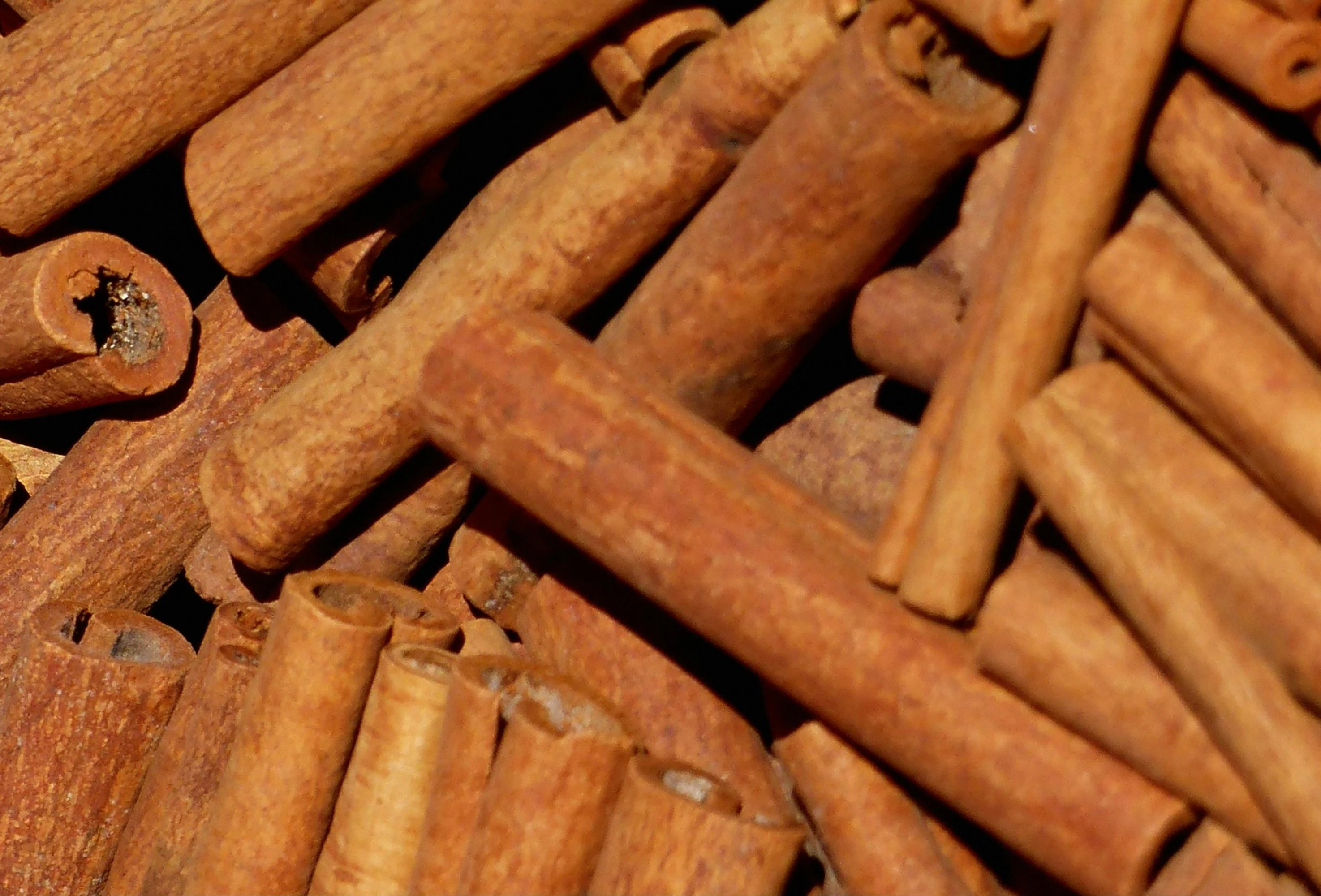A Complete Sourcing Guide to Indonesian Cassia Vera (Cinnamon) for Global Importers

Understanding Indonesian Cassia: The World’s Preferred Cinnamon
When international buyers think of cinnamon, the robust, spicy-sweet aroma of Indonesian Cassia Vera (Cinnamomum burmannii) often comes to mind. As a global leader in its production, Indonesia offers a quality and scale that is unmatched, making it a cornerstone commodity for the food, beverage, and nutraceutical industries. However, sourcing this spice effectively requires a deep understanding of its unique characteristics, quality grades, and the intricacies of its supply chain.
This comprehensive guide, developed by the experts at PT Sinar Sunda Nusantara, provides international importers with the essential knowledge needed to navigate the Indonesian cassia market, ensuring you source a product that meets your precise quality and commercial requirements.
What Distinguishes Indonesian Cassia Vera?
While there are several types of cinnamon, Indonesian Cassia is prized for its strong, pungent, and distinctly sweet flavor profile. This is primarily due to its high content of cinnamaldehyde, the organic compound that gives cinnamon its signature taste and aroma. Unlike Ceylon cinnamon (“true cinnamon”), which is milder and more delicate, Cassia Vera delivers a powerful flavor impact, making it the preferred choice for applications requiring a bold cinnamon presence, such as commercial baking, spice blends, and flavor extraction.
The majority of our high-quality cassia is cultivated in the fertile volcanic highlands of Sumatra, particularly in the Kerinci region. The unique terroir of this area contributes to a higher volatile oil content, which is a key scientific indicator of quality and potency.
Decoding Cassia Quality: A Guide for Buyers
Evaluating cassia is not just about its appearance; it involves understanding technical specifications. A professional supplier should provide clear data on the following:
- Volatile Oil (VO) Content: This is the most critical measure of quality. It represents the concentration of aromatic compounds. For export, high-grade cassia typically has a VO content ranging from 2.5% to 4.5%. A higher VO content means a more potent and valuable spice.
- Grade (AA, A, B, and C/KABC): Cassia is graded based on the thickness of the bark, length of the quills (sticks), and overall cleanliness.
- Grade AA & A: These are the highest grades, typically featuring long, well-formed quills, uniform color, and the highest VO content. They are ideal for direct retail (as cinnamon sticks) and premium food applications.
- Grade B & C (KABC): This grade consists of broken pieces, smaller cuts, and bark with more variation. While lower in price, it is perfect for grinding into cinnamon powder or for oil extraction where appearance is not a primary concern.
- Moisture Content: To ensure stability and prevent mold during shipping, the moisture content must be controlled, typically below 14%.
- Physical Form: Cassia is available in various forms to suit different needs, including whole quills (sticks), broken/clean cuts, and fine-ground powder.
Navigating the Supply Chain: From Harvest to Your Port
A transparent and reliable supply chain is crucial for sourcing agricultural commodities. At PT Sinar Sunda Nusantara, our process is designed for quality assurance at every step.
- Harvesting and Drying: The cassia bark is carefully harvested and then sun-dried under controlled conditions to achieve the target moisture level while preserving its essential oils.
- Sorting and Grading: Upon arrival at our facility, the dried bark is meticulously sorted by our trained team according to grade, size, and quality. It is cleaned of any foreign matter to meet international food safety standards.
- Packaging: Secure packaging is vital. Whole cassia is typically packed in sturdy 25kg or 50kg polypropylene (PP) bags or cartons to prevent breakage. Ground powder is packed in multi-layer paper bags with a food-grade plastic liner.
- Logistics and Documentation: We handle all export logistics, whether you require FOB (Free On Board) or CIF (Cost, Insurance, and Freight) terms. Our team ensures all necessary documents are prepared accurately for smooth customs clearance.
Essential Export Documentation for Cassia
To import Indonesian cassia without issues, your shipment must be accompanied by the correct documentation. We provide a complete set, including:
- Commercial Invoice & Packing List
- Bill of Lading (B/L)
- Certificate of Origin (COO) to potentially lower import duties.
- Phytosanitary Certificate to confirm the product is free from pests.
- Certificate of Analysis (COA), if requested, to verify specifications like volatile oil and moisture content.
Partner with an Expert in Indonesian Spices
Sourcing directly from Indonesia offers immense value, but it requires a partner who understands the local landscape and global standards. PT Sinar Sunda Nusantara acts as your trusted extension on the ground. We bridge the gap between dedicated local farmers and discerning international buyers, ensuring consistency, quality, and transparency in every transaction.
Our deep understanding of Cassia Vera, from its cultivation to the final shipment, makes us an ideal partner for businesses looking to secure a reliable supply of this essential spice. We are committed to building long-term relationships based on trust and mutual success.
Ready to source premium Indonesian Cassia? Contact our expert team today to discuss your specific requirements, request a sample, or receive a competitive, no-obligation quote.